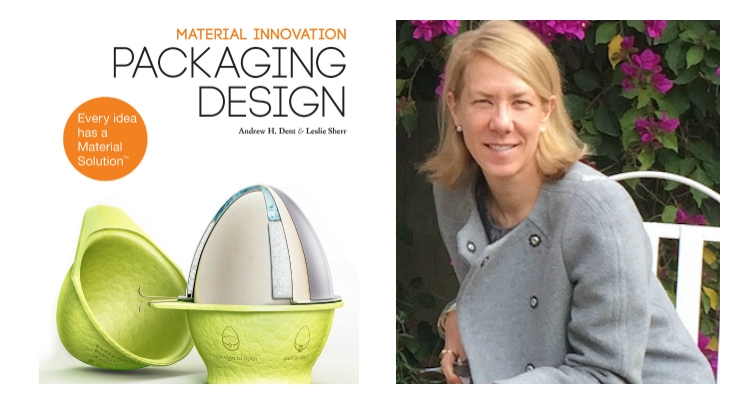Leslie Hayden Sherr12.10.15
Retail ventures rest on the belief that how something is packaged (on a shelf and within architecture, yet another type of container) will lead to a greater understanding of its benefits, and a deeper connection to the consumer.
Bottles, boxes, pouches and tubes, from the precious and preserved to the easily discarded, as the book Material Innovation: Packaging shows, do indeed tell of the world, and the people, for which they were made.

Hugo Red by Hugo Boss
Designs both opulent and reductive speak to all aspects of human experience: from the essential acts of everyday life as highlighted by The Drinkable Book, an antibacterial water filter encased in an elegant how-to manual, to such purely artistic displays as the Absolut Unique spray-coating technology that yields four million individually colored bottles.
As a creative endeavor, what sets packaging apart is its physical presence. And nowhere is this more directly conveyed than through materials. We delude ourselves when we think that a video, website or catalog can ever duplicate the visceral quality of first releasing a fragrance from its vial or feeling a toothbrush box made from dissolvable paper pulp disintegrate when run under cold water.
The German fashion brand Hugo Red’s “interactive” fragrance bottle comes coated in opaque, matte-red thermochromic ink that changes color from the warmth of a hand. Liquid crystal pigments in the ink allow light to register differently, revealing the soft stamp of a fingerprint, until the coating cools and the original color is restored.
The tactile itinerary contained in this third volume of the Material Innovation series (following architecture and product design) is

Pangea Organics
not just for the sensorially curious, but also speaks to the environmentally astute. A myriad of material efforts are underway to reduce packaging to its absolute minimum, all toward alleviating the heavy environmental burden on the planet.
Stronger, thinner, and more easily biodegradable, today’s environmentally advanced materials make possible the origami-inspired “glueless” carton created by Pangea Organics as well as Airopack’s pressure-controlled dispensing system that delivers sprays, liquids and gels without hydrocarbon propellants; ideal for health and beauty brands, especially those whose formulations involve active botanicals. Seldom have our global concerns been so pervasively, and intimately, addressed.
ABOUT THE AUTHOR
Bottles, boxes, pouches and tubes, from the precious and preserved to the easily discarded, as the book Material Innovation: Packaging shows, do indeed tell of the world, and the people, for which they were made.
Hugo Red by Hugo Boss
As a creative endeavor, what sets packaging apart is its physical presence. And nowhere is this more directly conveyed than through materials. We delude ourselves when we think that a video, website or catalog can ever duplicate the visceral quality of first releasing a fragrance from its vial or feeling a toothbrush box made from dissolvable paper pulp disintegrate when run under cold water.
The German fashion brand Hugo Red’s “interactive” fragrance bottle comes coated in opaque, matte-red thermochromic ink that changes color from the warmth of a hand. Liquid crystal pigments in the ink allow light to register differently, revealing the soft stamp of a fingerprint, until the coating cools and the original color is restored.
The tactile itinerary contained in this third volume of the Material Innovation series (following architecture and product design) is
Pangea Organics
Stronger, thinner, and more easily biodegradable, today’s environmentally advanced materials make possible the origami-inspired “glueless” carton created by Pangea Organics as well as Airopack’s pressure-controlled dispensing system that delivers sprays, liquids and gels without hydrocarbon propellants; ideal for health and beauty brands, especially those whose formulations involve active botanicals. Seldom have our global concerns been so pervasively, and intimately, addressed.















